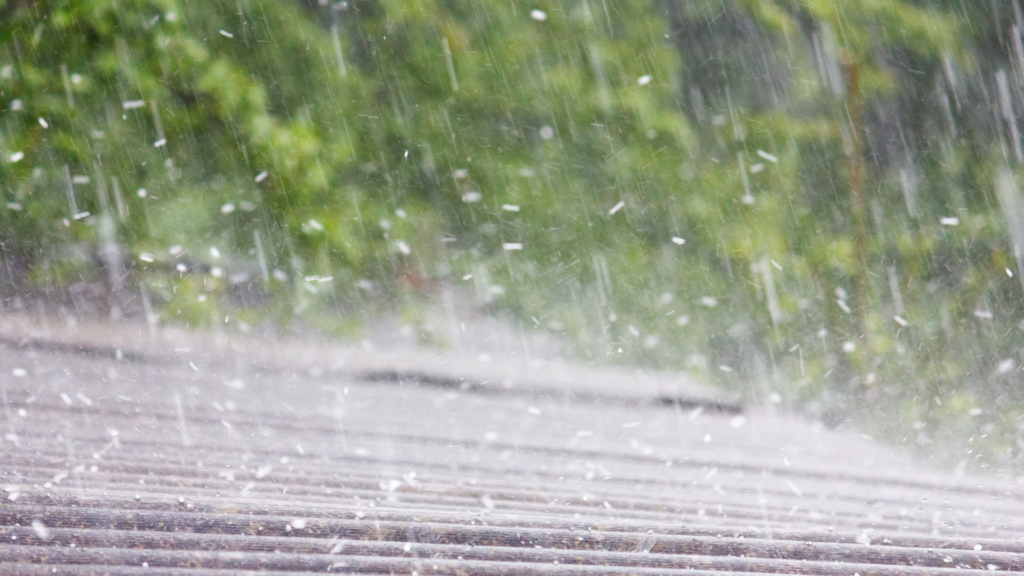No matter where you live or what the climate is, you will more than likely experience a big storm from time to time. Since not every storm is the same, not all storm damage is the same. Consequently, it is important to understand the different types of storm damage so that you can adequately prepare your home.
What Are the Different Types of Storm Damage?
Hurricanes, tornadoes, blizzards, hail storms, and freezing rain may do different things, but they have something in common. They all cause damage to homes and yards. Let’s take a brief look at the potential types of damage to which your home may be subjected.
1. Hail Damage
Most people consider hail to be extremely annoying, but it is also dangerous. If big enough, hail can cause injuries to individuals stuck outside in it. Additionally, it is famous for denting both cars and roofs. Prepare for hail damage by covering your car with a hardcover, or parking in your garage. Protect your roof with hail-resistant shingles.
2. Water Damage
Water damage is one of the most common types of storm damage, particularly during hurricanes. If left unchecked, water causes wood to rot, drywall to fall apart, and mold to grow. It poses a threat to a building’s structure and also decreases indoor air quality.
3. Flooding
Flooding falls under the “water damage” category, but it certainly causes enough problems to be its own category as well. Unfortunately, you don’t have to live through a hurricane to experience flooding in your home. Excessive rainfall raises the water table and threatens to shift your home’s foundation. Typically, the water enters through the basement, but if you don’t have a basement, it will come up from the foundation as well. Protect against flooding by testing your sump pump regularly and ensuring your drainage system is in working order.
4. Wind Damage
Wind damage occurs during hurricanes, tornadoes, and even regular rain storms. Strong winds can break tree limbs, blow shingles off roofs, rip up gutters, and throw rocks and furniture into buildings. To protect against wind damage, bring in outside furniture or bolt it down.
5. Ice Damage
Not only do ice and snow increase the chances of falls and car accidents, but their weight brings down trees and power lines. Whole cities have lost power for days due to heavy ice storms. Additionally, once the ice melts, it often causes underground flooding.
What About the Aftermath?
Of course, heavy storms typically produce visible damage such as fallen tree limbs, dented cars, broken roofs, and wet carpet. However, it is just as important to remember the unseen damage that might have occurred. When scheduling your professional storm damage assessment, make sure the company you hire promises to investigate the following.
- Structural Integrity
- Mold Growth
- Hidden Moisture Damage
Don’t Forget to Prepare!
Knowing what you are up against is half the battle, but fortunately, it doesn’t stop there. Protect your home against the various types of storm damage by taking the proper steps.
- Seal your windows and doors with anti-flooding sealers.
- Take pictures of your home before the storm as well as after the storm (for insurance purposes).
- Lock important documents and belongings in a watertight safe.
- Keep trees trimmed, not hanging over your house or driveway.
- Bolt down outside furniture.
- Invest in window shutters to prevent wind from shattering the glass.
- Elevate furniture and electronics to protect from flooding.
What is Our Mission?
Disaster Management Recovery Group is here to assess your storm damage and determine the next step. If you need a roofing evaluation or have suffered exterior damage due to storms or other natural disasters, contact us and schedule a storm damage evaluation and start on the road to recovery.


